Executive Slacks have managed to be post-punk’s oft-overlooked band since the early 1980s. An exception to this would be their dark, danceable track “The Bus” which graced the Trevor Jackson Metal Dance compilation in 2012 amongst industrial and EBM heavy hitters such as DAF and Cabaret Voltaire. “The Bus” stood out to me — it was one of my first exposures to the Philadelphia-based band — and it seemed to have an effect on everyone else too. For a good year or so “The Bus” became a theme song in both DJ sets and playlists worldwide. Alongside Dark Entries’ release of the Ex Slacks self-titled first EP in 2014, it seemed like the band would have the exposure they deserved… but unfortunately, they somehow remained under the industrial radar.
However, Cleopatra Records’ 2 CD release Executive Slacks the Complete Recordings 1982-1986 gives us all another more chance to realize the talent and vision of the band. Out now, the entire catalogue of the band’s music, including 22 previously unreleased songs on CD, showcase the unequivocal impact the Ex Slacks had on the post-punk scene. Many of us know the Executive Slacks for “The Bus” since it is an amazing song, but what about the rest of the catalogue? It is a treasure chest of early industrial clanking rhythms, flanging guitars synonymous with early post-punk sounds on top of brilliantly written songs, often melodic with a touch of melancholy. Matt Marello, one half of the original line-up for the Ex Slacks, educated me on the band’s unique history which involves Killing Joke, Miami Vice and Belgium.
Executive Slacks were a band created on borrowed guitars and trash cans. “I played a borrowed Gibson SG. It was a 1964,” says Matt Marello. “Albert [Ganss, the percussionist] played on pots and pans and trash cans at first, because we had no money to buy equipment.” This DIY approach helped create the sound that would become eponymous to the Slacks’ early sound much like European industrial contemporaries found in the Metal Dance compilation.
Marello and John Young began the Executive Slacks in the early ’80s during school at the Philadelphia College of Art (Marello was a painting student, Young was in design). Inspired by the early hip-hop and funk of the time, Marello frequented record stores to hear new music. “As I entered the [record] store one day, Zapp’s “More Bounce to the Ounce” was playing on the speakers. Super loud. The groove just went on and on and on. I bought the record on the spot and it became one of the many tunes that inspired me to find my own personal groove.” But it wasn’t only localized sounds that changed his life, Marello found inspiration in all places:
“I remember being hit like a freight train the first time I heard Einsturzende Neubauten. The Birthday Party was a revelation. Pere Ubu. Blurt. Visually, I loved the stuff coming [from] The Residents, Cabaret Voltaire.”
Their first “show” was at the Philadelphia Underground Festival. “It took place in the concourse under Broad Street. I have no idea who organized it, but there were paintings and performances and all kinds of crazy stuff, yours truly included. It was just John Young and me with some primitive digital equipment, a guitar and a microphone,” says Marello.
As Executive Slacks were asked to play in more traditional venues, they added percussionist Albert Ganss to the line-up. After that first show, Philadelphia embraced the band and included them amongst the community of harmonious bands such as the Bunnydrums, Mr. Mehta and McRad.
“The music scene in Philly back in the ’80s was wonderful and unique. There were so many bands, from experimental groups to pop wannabes, along with lots of venues in which to perform and get your act together. Although the cross-pollination was limited between the different layers, I think everyone was aware of the special energy at the time and what was happening in each sub-genre.”
Marello adds that the East Side Club and Bobby Startup who was an influential DJ and the booker for the club, was an important factor to the Slacks’ success: “I remember when The Slacks first started out we opened for The Stray Cats [at the East Side Club], which was maybe our 4th or 5th live show ever. We had never played in front of so many people, it was nerve-wracking but a great confidence builder.”
With the Executive Slacks now a trio, they recorded their self titled EP in 1983 in which they found success with their song “The Bus” in Belgium and Holland. Released in Belgium on Play It Again Sam records, the same label as Front 242, the Slacks’ sound fit the electronic industrial aesthetic and was often played on the influential radio show Liasions Dangereuses. Their popularity in Europe gave them the opportunity to tour:
“Our first tour was organized by a label in Holland called Ding Dong, run by two wonderful musicians who had their own band called The Legendary Pink Dots… It was quite an experience to have people screaming and yelling for particular Slacks songs. Back home we were still a local act, but in parts of Europe we were quite well known. I remember one show in Germany where the crowd got so whipped up that they started smashing beer bottles everywhere. At the end of the show the entire club floor was covered with millions of shards of broken glass.”
The Executive Slacks’ DIY approach to their self-titled EP led to the second iteration of the band in which they adopted The Killing Joke’s bassist Martin Glover to produce their second EP Our Lady in Philadelphia (he even makes a cameo in the track “I’m Coming” with his distinguishable bass playing). Glover had previously produced Alien Sex Fiend’s “Ignore the Machine,” which impressed Marello with the production of the gritty Batcave anthem. A year later, the Slacks traveled to London where Glover produced their first LP Nausea in 1985. “The final product may have wandered a bit too far from the DIY approach and I think we inadvertently buried some of the raw energy of the songs,” says Marello. “But there was some great material that came out of these sessions—the title track “Nausea” being one good example.” This track gained national success from the hit TV show Miami Vice which was known and revered for its soundtrack selections. By then, the band had traded trash cans for Linn Drums and synthesizers “which really changed the sound and made it more professional. I always liked the early DIY edginess mixed with the sophistication of the electronics.”
The third permutation of the Exectutive Slacks, as Marello likes to put it, was with their second and final LP, Fire & Ice in 1986. “This album was self-produced and I think we found the right balance between the DIY approach and the use of the more sophisticated techniques available in the studio. It was certainly our most commercially viable record, and it brought us to the attention of some major labels. We were negotiating with both Geffen Records and Warner Brothers after we returned from our third European tour when I decided to call it quits.”
Like many stories we’ve heard before, the Ex Slacks ended because the band became more business than pleasure. Marello moved to New York City, leaving Young as the last original member of the band.
“When the band broke up, I gave the guitar back to the person [I borrowed] it from. My entire music career was run on a borrowed instrument,” says Marello.
It seems that the Slacks have given the post-punk genre yet another chance to pay their respects with the release of Executive Slacks the Complete Recordings 1982-1986. Nearly 30 years after Marello’s departure from the band, it’s time to tune in to the unsung heroes of the genre before they pass through our line of vision once again. You can purchase it at Cleopatra’s website here.



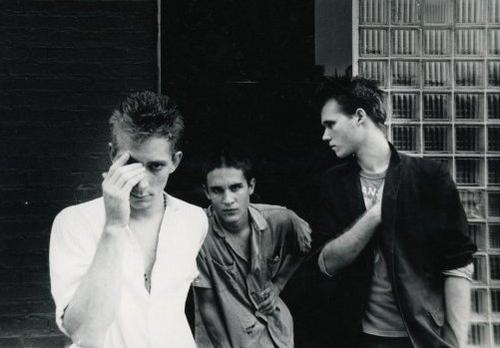



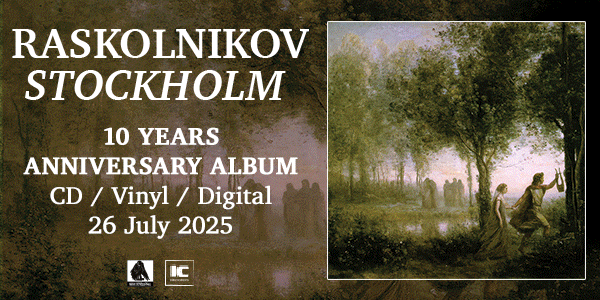

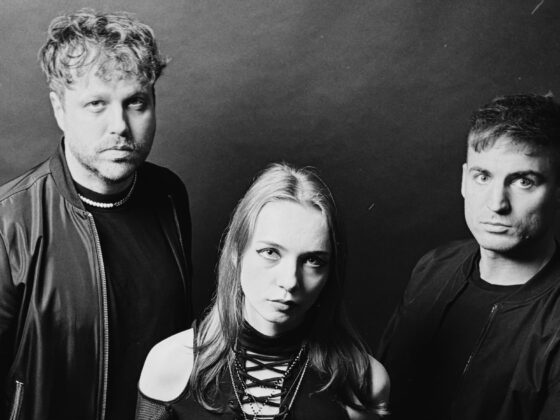




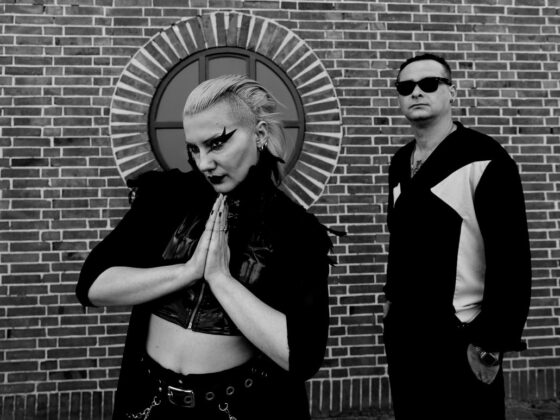


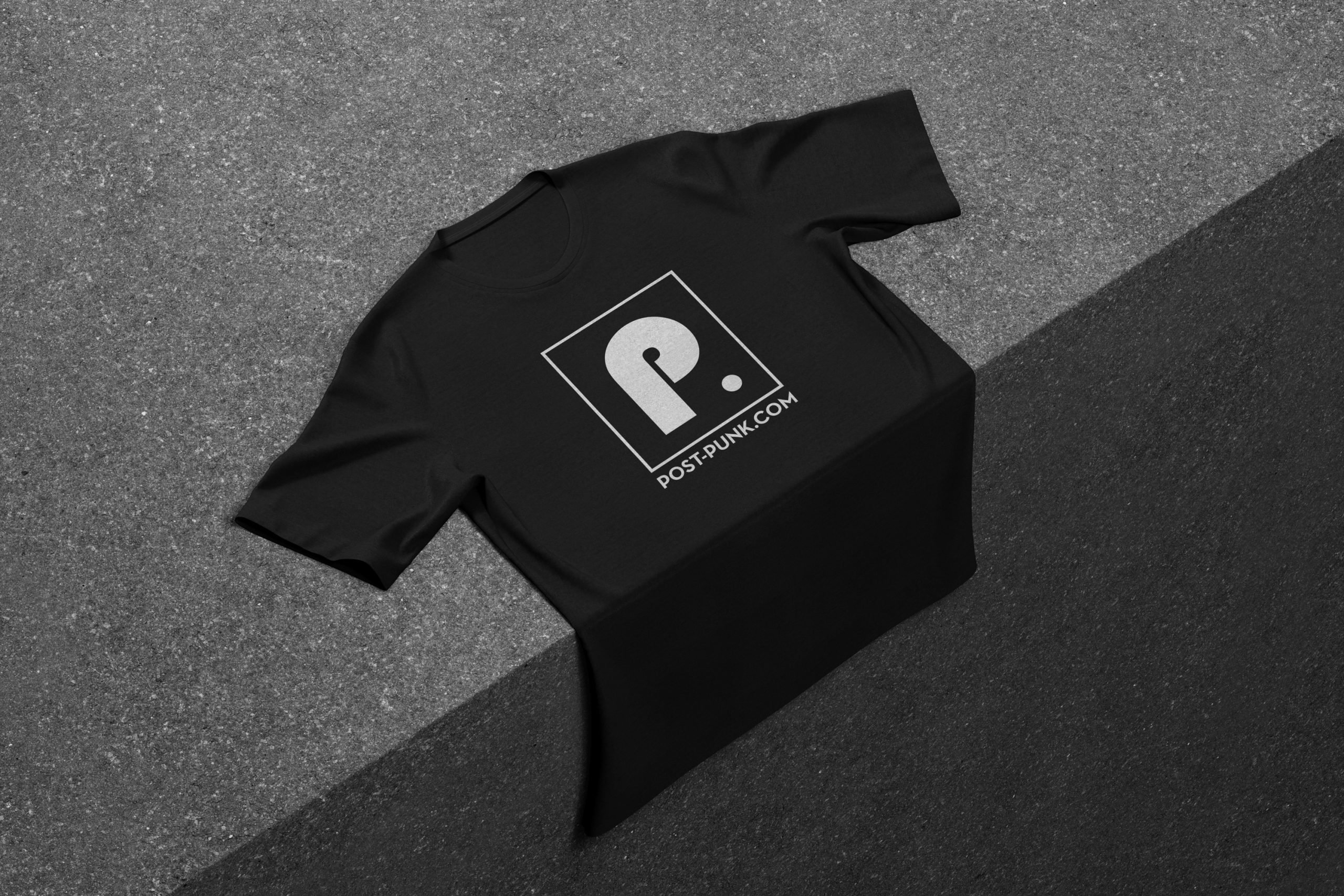 Or via:
Or via: